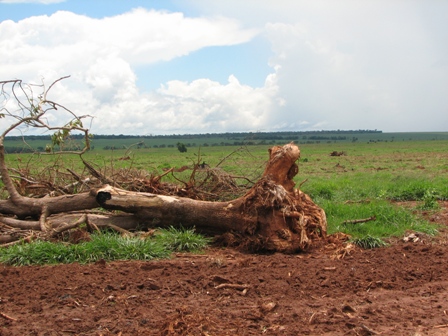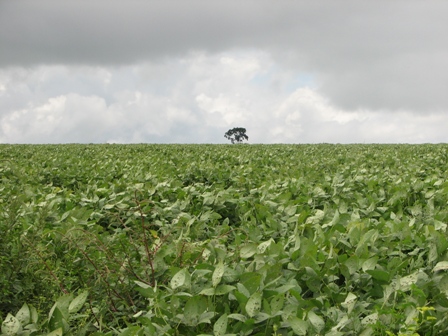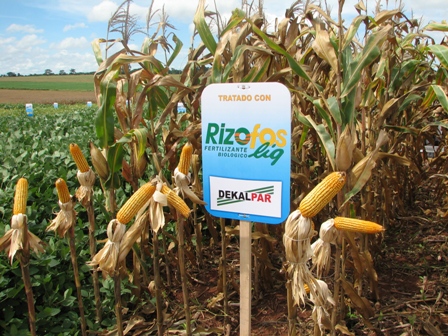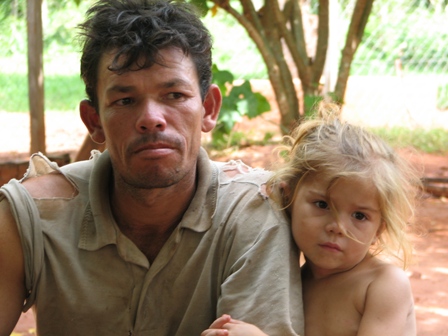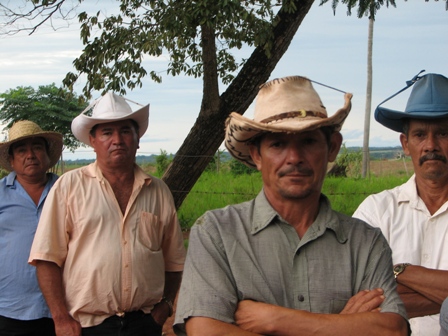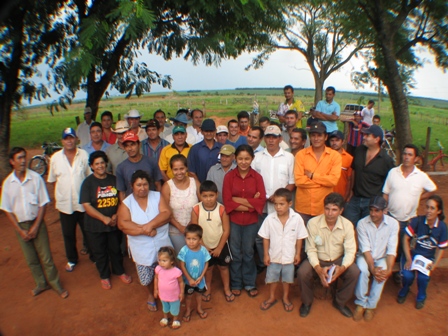Dispatch #2: Jodie and Andrea writing from Paraguay
Rural campesino communities in Paraguay are isolated from each other by many conditions: poor roads, distance, lack of bus fare (or lack of buses), shoddy communication, and a self-reliance that keeps them bound to the land. And yet there is something that has evolved simultaneously in many of these separate communities – a consciousness that they share despite the isolation. The unfortunate commonality between them is a fear and loathing of industrial soy production.
How it is possible that the internal discourse in so many communities has independently turned to the problems with industrial soy is a demonstration of the crop’s pervasiveness, in fact, invasiveness in Paraguay. In reaction to soil, air and water contamination from pesticides; birth defect, disease and miscarriages from agrochemicals; as well as deforestation and displacement, campesino communities are organizing themselves to fight the colonization of their lands by powerful soy producers and multinational corporations like Cargill and Monstanto, which drive the soy zeitgeist.
In five days, we visited seven communities across the state of San Pedro. Up to fifty people came to meet with us at times – despite heavy rains and flooded roads – and we listened as each visit produced the same story. The land surrounding these communities was once subtropical forest. Then it was bulldozed and planted with soy. Now a thin strip of dirt road separates the first row of homes (those that are left) from the first row of soy, and thus the first line of chemical spray.
Accidentally, on our trip out to the communities, we came upon an agrobusiness convention hosted by Dekalpar, a company that commercializes products such as transgenic seeds, pesticides, herbicides and chemical fertilizers. Dekalpar’s largest client? Monsanto. They called their exhibition Dia del Campo or “A Day in the Country”. The irony of this is that the traditional campo of Latin America is a place inhabited by…well…campesinos, i.e. self-sufficient farmers who work the land for subsistence rather than for profit. The field exhibition represented exactly the opposite – a corporate P.R. event attended by foreigners and wealthy Paraguayan land owners, who sell genetically modified soy and corn to exporters like Cargill and ADM, and who were there to check out the latest innovations in crop science and chemicals.
So what does a Dia del Campo really look like? In the first community of Toropiru, we met with a teacher named Samuel, who took us about ten meters behind his house to where the soyfields begin. His neighbors recently fled the area due to repeated fumigations, selling their land for an amount that afforded them one-eighth the acreage they owned here and even more remote. In the same community, Dekalpar is bribing and arming community members to fight their neighbors who resist the soy invasion. In another community called Colonia Barbera, we were shown a picture of a one-eyed pig born with a deformed snout that resembled a small elephant trunk. This pig was born next door to a school and its strange mutation is attributed to chemical exposure from the adjacent soy field – a soy field which, by the way, is labeled “responsible soy”.
Further out, in one of the few remaining forested areas of San Pedro, the Yaguarete forest is on the brink of total conversion to soy. The neighboring community (along with many others) has experienced intensifying criminalization by intruding land purchasers, who are in turn supported by the state to justify police presence and militarization around major areas of agricultural interest. By accusing campesinos of “terrorism”, they are able to make a case for expulsion, which clears the way for the installation of soy.
The examples could go on and on, for in a country with intense corruption, huge disparity in wealth and an ever-increasing infiltration of multinational corporations, there are extreme forces at work against the poor and disenfranchised. But the campesino communities that we have met with will not be victimized. They have plans. They will not be removed. They are occupying lands, writing declarations, organizing protests, holding meetings, educating each other, working with national NGOs, questioning the agricultural industrial complex, and calling out to the international community to support their struggle. As one community leader put it, “We are going to fight. I don’t know how it will work out, but we have to.”
